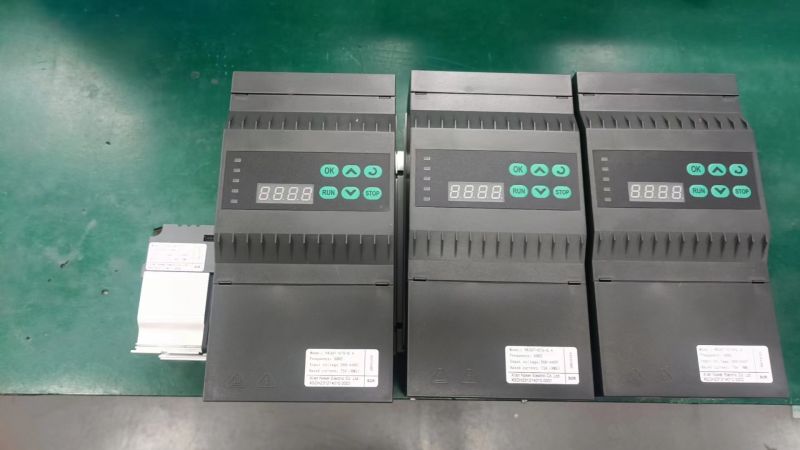More and more customers ask about what is phase angle control scr power regulator? Today we will give you some introduction.
Take a three-phase system as an example, as we all know. In each phase, there are two SCRs in parallel. In phase-angle control, each SCR of the back-to-back pair is turned on for a variable portion of the half-cycle that it conducts. Power is regulated by advancing or delaying the point at which the SCR is turned ON within each half cycle. The 4-20mA analog signal determines the position and size of the phase shift angle. By adjusting the analog signal, the output can be controlled.
Phase-angle control provides a very fine resolution of power and is used to control fast responding loads such as tungsten-filament lamps or loads in which the resistance changes as a function of temperature. In the product selection must pay attention to, if your load is inductive or transformer, then you must use a phase angle control, zero crossing mode will lead to over current trip.
Phase-angle scr power regulators are typically more expensive than zero-cross regulators because the phase-angle circuit requires more sophistication than zero-cross circuit. In order to meet the needs of customers on the power regulator, our company's power controller products you can set to phase control or zero control, very convenient. It can be used in various load situations.
The advantage of phase angle control is that the control accuracy is high, and the output of the power controller increases steadily and slowly according to the given value until the set value. It can form a closed-loop control system with current signal, voltage signal, temperature signal, etc. Through PID control, the whole control system is stable and reliable.
Phase angle control and zero crossing control are two different control methods of scr power regulators , they have their own different application scenarios. Can't simply say which way is better, can only say that different applications need different controls.

Post time: Dec-22-2023
